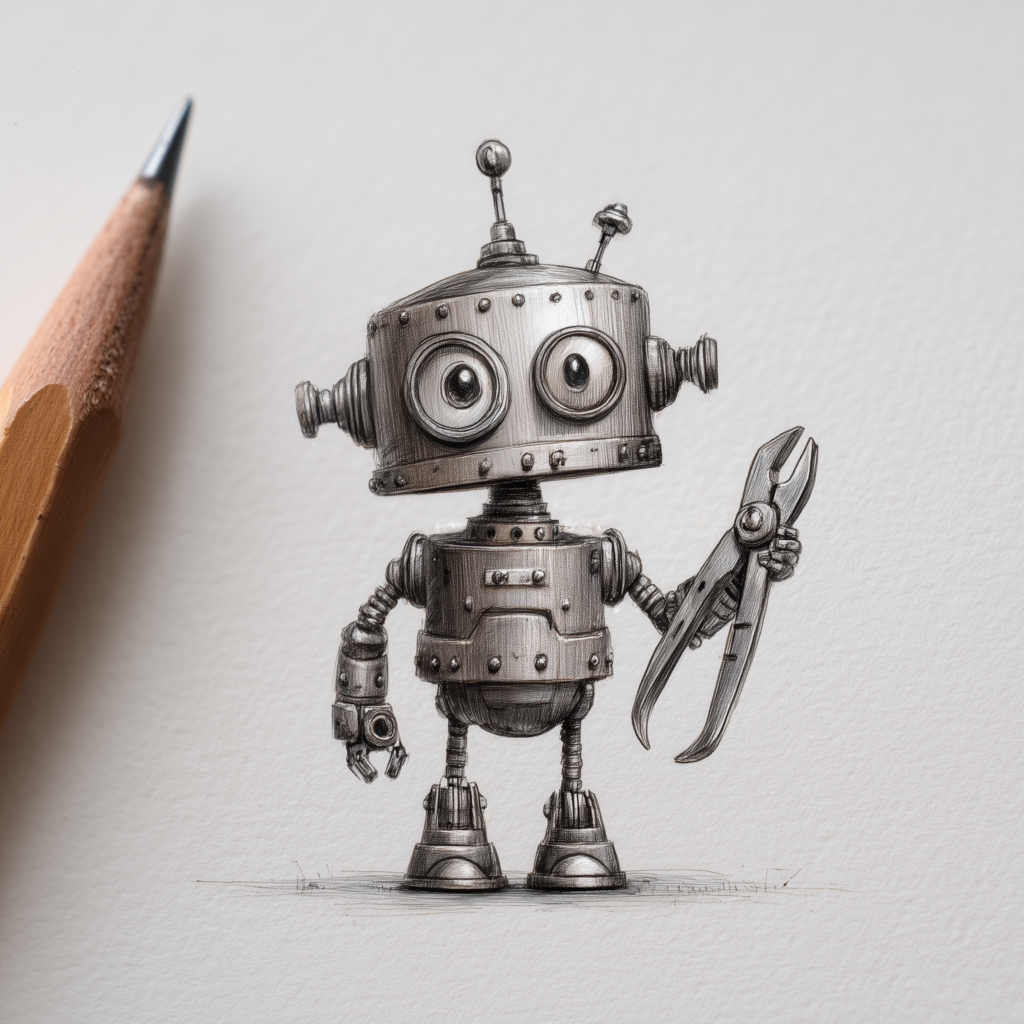When was the last time you made a completely rational purchase? Chances are, your most recent buying decision wasn’t just about facts, features, or price—it was about how the product made you feel.
Research shows that emotion plays a bigger role in purchasing decisions than logic. According to a study by the Institute of Practitioners in Advertising (IPA), emotionally-driven advertising performs twice as well as rational messaging in driving sales.
So why do emotions influence consumer behavior so powerfully, and how can brands tap into emotional marketing to create deeper connections with their audience?
The Psychology Behind Emotional Buying
The human brain has two primary decision-making systems:
- The Rational System – Evaluates facts, compares features, and makes logical decisions.
- The Emotional System – Relies on instincts, feelings, and subconscious associations.
Neuroscience shows that the emotional system plays a dominant role in decision-making. This is because emotions help our brains quickly filter information, prioritize what matters, and make snap judgments—without getting lost in analysis paralysis.
This is why even in industries where logic seems critical (finance, tech, healthcare), emotional marketing still outperforms rational, fact-based messaging.
How Brands Use Emotional Marketing to Drive Engagement
1. Storytelling: Making Your Audience Feel Something
The human brain is wired for stories. Studies show that when people hear a compelling story, their brains release oxytocin, the same chemical responsible for trust and emotional bonding.
Example:
- Nike rarely sells shoes by listing product specs. Instead, they use emotional storytelling—highlighting perseverance, struggle, and triumph in their ads.
How to apply this:
- Frame your brand’s message around people, experiences, and emotions, not just features.
- Use real customer stories to make the audience see themselves in your brand.
2. The Power of Nostalgia: Triggering Positive Memories
Nostalgia-based marketing taps into fond memories and emotions from the past, creating a deep sense of comfort and connection.
Example:
- Coca-Cola’s holiday campaigns evoke nostalgia by bringing back classic imagery, such as the vintage Santa Claus and the “Holidays Are Coming” jingle.
How to apply this:
- Use elements from the past—whether it’s throwback branding, vintage aesthetics, or cultural references—to tap into nostalgia and create positive associations.
3. Fear & Loss Aversion: Creating a Sense of Urgency
People are twice as motivated to avoid loss as they are to gain something new (a principle known as loss aversion). Brands use this psychological trigger to drive action through urgency and scarcity.
Example:
- Insurance companies often use fear-based messaging to highlight the risks of not having coverage.
- E-commerce brands use phrases like “Only 2 left in stock” or “Offer expires in 24 hours” to create urgency.
How to apply this:
- Highlight the potential consequences of inaction to motivate decision-making.
- Use scarcity tactics, such as limited-time offers or exclusive access, to encourage faster conversions.
4. Social Connection: Making People Feel Like They Belong
Humans are social creatures, and we are influenced by what others think, do, and buy. This is why social proof—such as testimonials, user-generated content, and influencer endorsements—is so effective.
Example:
- Apple’s “Shot on iPhone” campaign used real customer photos to create a sense of community and showcase product quality in a relatable way.
How to apply this:
- Encourage user-generated content that makes people feel like part of a movement.
- Use testimonials and social proof to build trust and reinforce emotional validation.
Final Thoughts: Why Emotional Marketing Works
People may justify their purchases with logic, but they make decisions based on emotion.
By tapping into storytelling, nostalgia, urgency, and social connection, brands can create deeper emotional bonds, drive higher engagement, and ultimately influence buying behavior.
What brands have made you feel something recently? And how did that affect your perception of them? Share your thoughts below.





